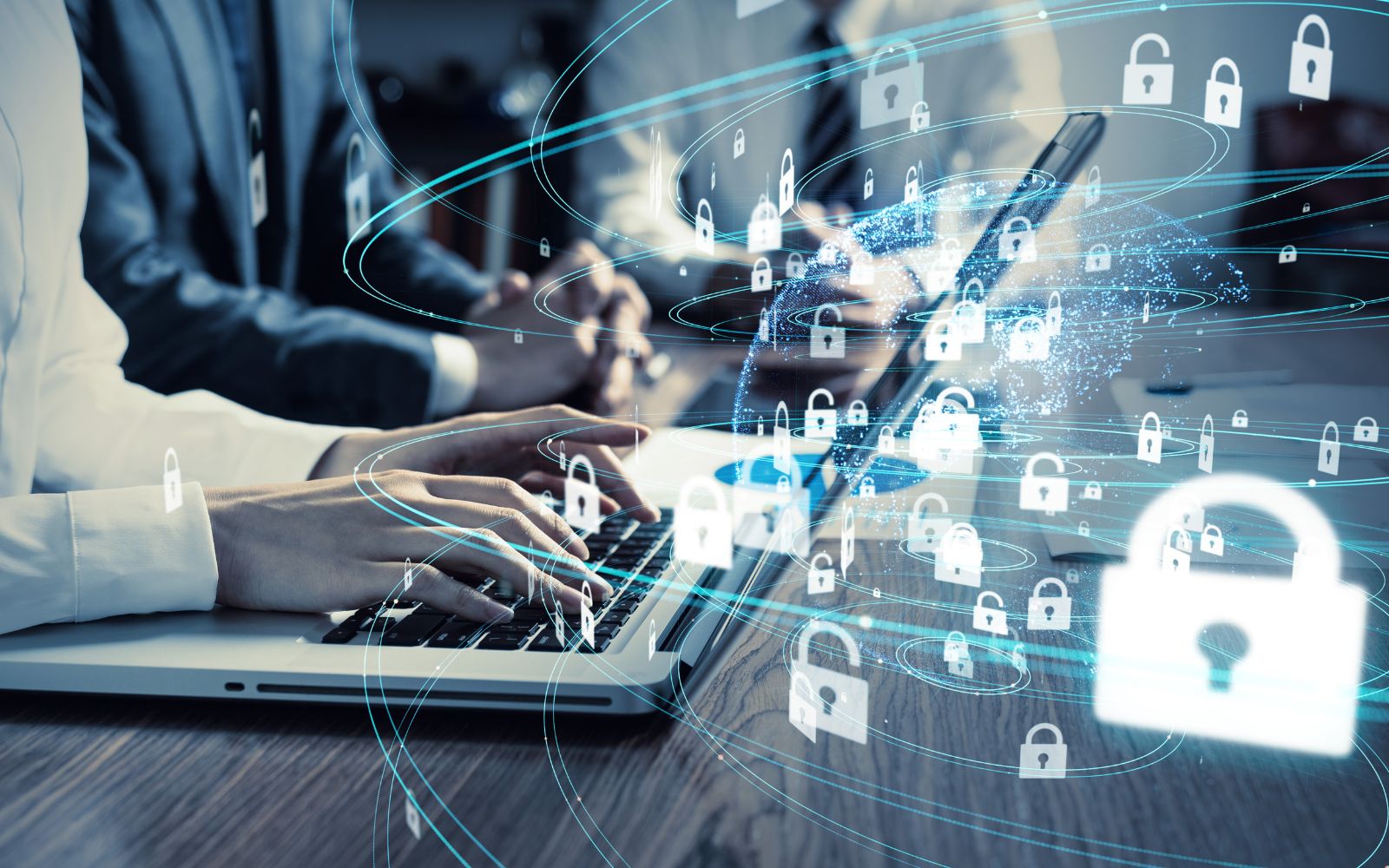In this post, we emphasizes the critical role of Endpoint Detection and Response (EDR) in modern cybersecurity, illustrating how it provides real-time threat detection, proactive defense, and swift incident response to protect business devices from increasingly sophisticated attacks. It argues that relying on traditional antivirus solutions alone leaves businesses vulnerable, whereas EDR ensures continuous protection against zero-day vulnerabilities and fileless malware.
Learn how Versetal can help you with your IT Ops


